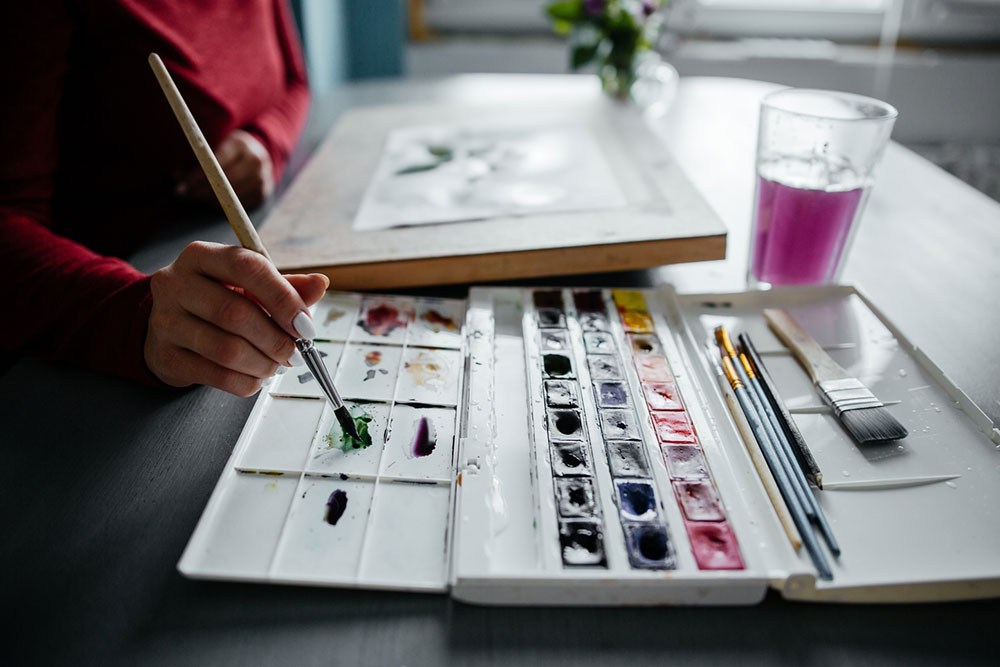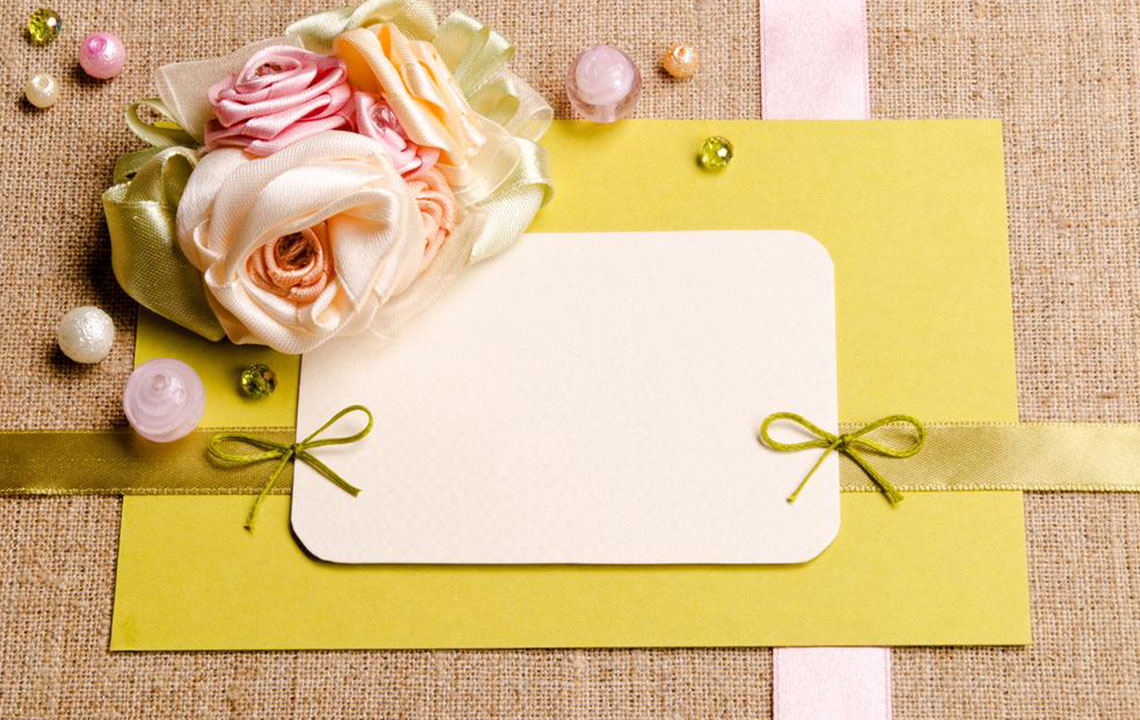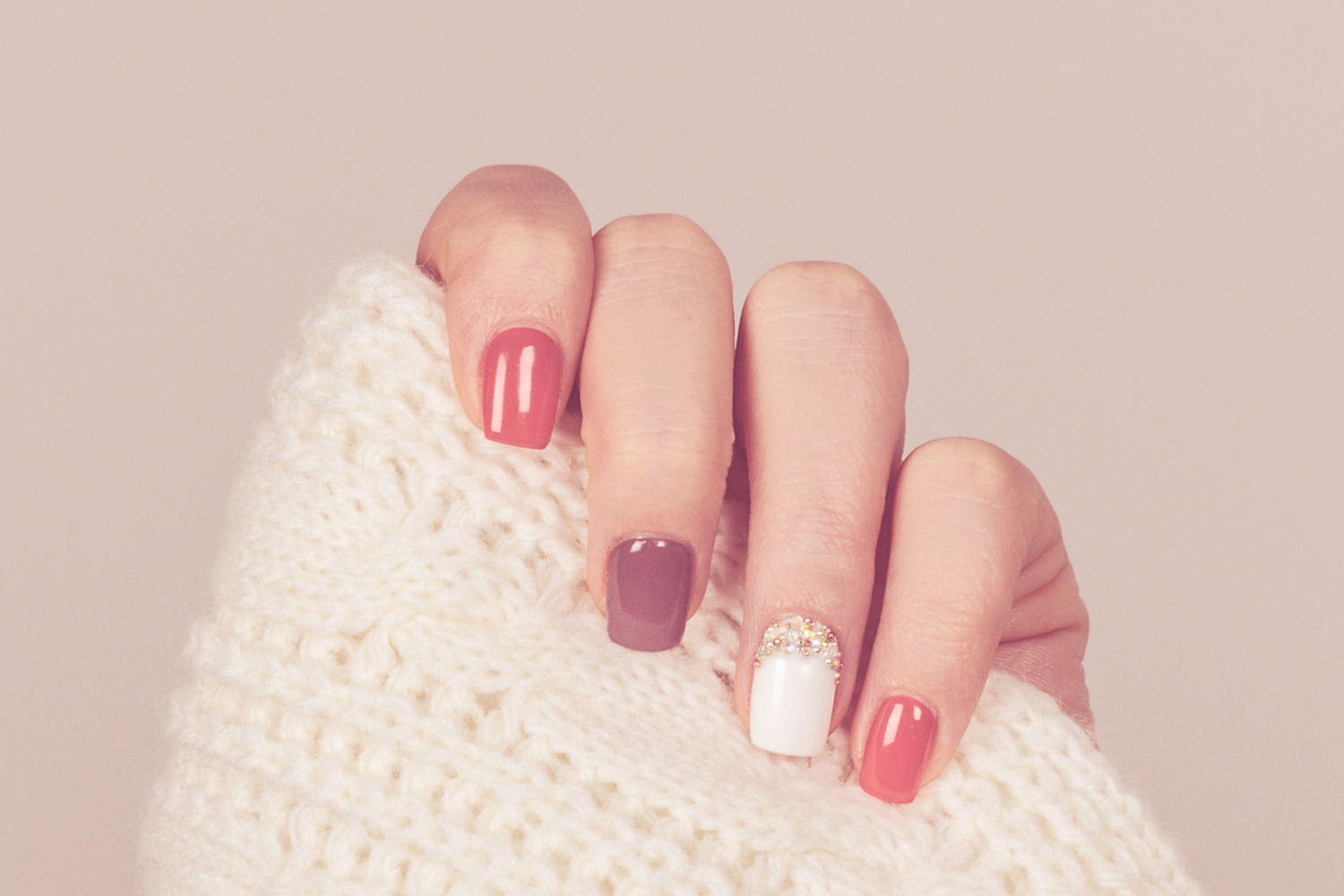Beginner's Guide to Watercolor Artistry
Discover the essentials of watercolor painting with this beginner-friendly guide. Learn the key steps, popular techniques like wet-on-wet, and creative ideas to inspire your art. Understand color choices to evoke emotions and improve your skills through practice. Perfect for aspiring artists eager to explore watercolor artistry and enhance their creative expression.
Sponsored

Watercolor painting is a beautiful and expressive art form enjoyed worldwide. It involves creating images using water-based pigments on paper. Below are essential steps, artistic ideas, and techniques to help newcomers start their watercolor journey.
Steps to Start Watercolor Painting
Getting started involves a few simple steps:
Prepare your supplies
Gather watercolor paints, brushes, textured paper, a palette, fresh water, and a comfortable workspace with good lighting.
Sketch your design
Lightly outline your subject on paper with a pencil, avoiding heavy lines that can show through the paint.
Color mixing
Experiment with colors on your palette beforehand to have a variety of shades ready for your painting.
Apply light washes
Start with a soft, transparent layer to set the mood, allowing it to dry before adding more layers.
Layer building
Gradually add layers to develop depth, letting each dry before the next application.
Adding details
Use fine brushes and techniques like dry brushing to add fine details and highlights.
Final review and adjustments
Step back to evaluate your artwork and make any necessary enhancements.
Preserve your art
Once finished and dry, consider framing or sealing your work to ensure longevity.
Popular Watercolor Techniques
Enhance your paintings with these common methods:
Wet-on-wet
Wet the paper before applying paint for soft blends and atmospheric backgrounds.
Dry brush
Use less water to create textures and fine details with a scratchy appearance.
Layering
Build up colors gradually through multiple transparent layers to add richness and depth.
Salt effects
Sprinkle salt on wet paint to produce interesting textures as it absorbs moisture.
Splattering
Flick or splatter paint for dynamic textures and effects.
Masking fluid
Protect certain areas of paper from paint to keep them white for highlights. Remove once dry.
Collage integration
Combine watercolors with torn paper or other materials for added dimension.
Negative painting
Paint around your subject to make it stand out and create intricate details.
Creative Ideas for Beginners
Get inspired with these themes:
Nature scenes
Paint landscapes, floral designs, or seascapes capturing natural beauty.
People and portraits
Explore portraiture or candid moments to showcase human expression.
Abstract and symbolism
Use free-form shapes and colors to express emotions and personal stories.
Still life compositions
Arrange objects like fruits, flowers, or everyday items for realistic scenes.
Wildlife
Capture your favorite animals or birds, emphasizing their movement and grace.
Urban scenes
Create vibrant cityscapes featuring architecture and lively streets.
Underwater landscapes
Illustrate coral reefs, fish, and marine life, highlighting water’s fluid character.
Remember, watercolor's strength lies in experimentation. Mixing techniques and colors will help your skills grow and your artwork flourish.
Choosing Colors Wisely
Colors evoke emotions and set the tone. Consider these hues:
Blue: brings calmness and tranquility, ideal for oceans and skies.
Red: adds energy and passion, perfect for bold accents.
Yellow: radiates happiness and warmth, suited for sunny scenes.
Green: symbolizes nature, growth, and harmony.
Purple: adds a mystical or spiritual touch.
Orange: energetic and lively, great for dynamic compositions.
Keep practicing, and don’t be discouraged by early challenges. With patience, you’ll refine your skills and create beautiful artworks. Happy painting!





